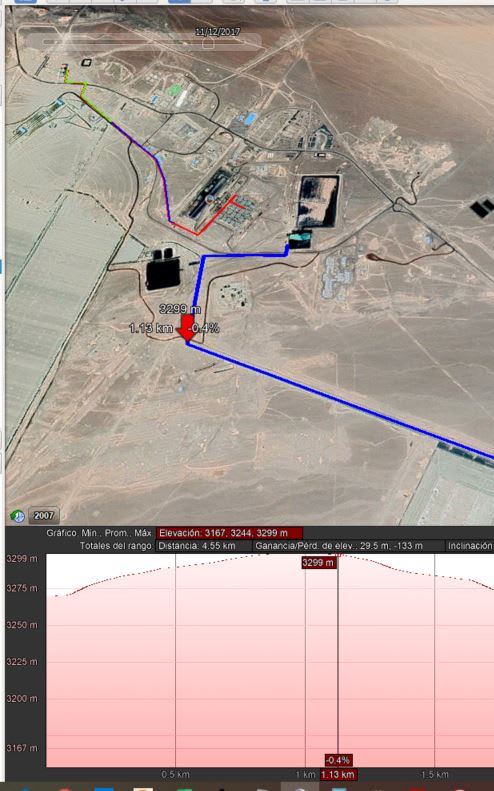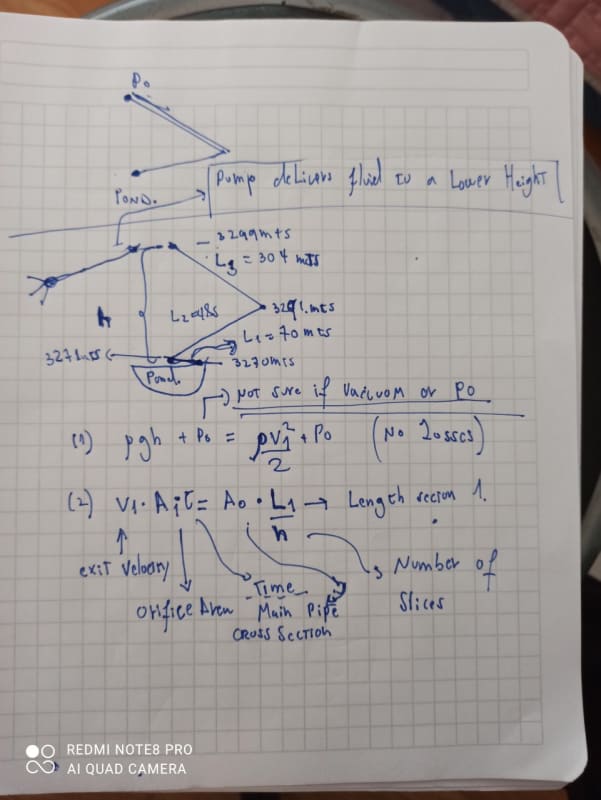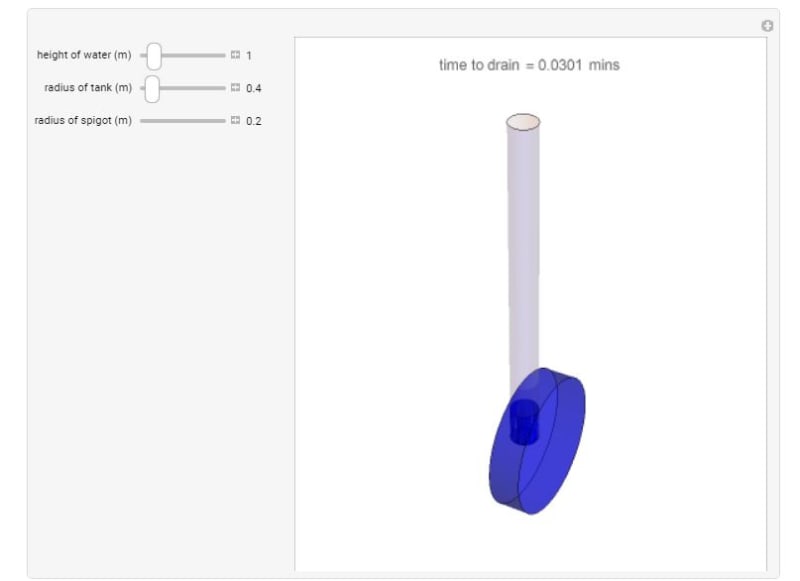asaldes
Mechanical
- Aug 25, 2020
- 15
Dear Team,
I need to calculate how much it takes to drain a 36" full pipe, in three main sections with different slopes. We have a 16" full open valve to drain it.
I do the calculation dividing the sections in several parts, estimate the velocity and then the volume flow trough the orifice. But this gave me a time of 11 minutes! i am not considering friction losses because I would need to estimate lambda in each part.
Can anybody give me a clue?
Best Regards to all the team
I need to calculate how much it takes to drain a 36" full pipe, in three main sections with different slopes. We have a 16" full open valve to drain it.
I do the calculation dividing the sections in several parts, estimate the velocity and then the volume flow trough the orifice. But this gave me a time of 11 minutes! i am not considering friction losses because I would need to estimate lambda in each part.
Can anybody give me a clue?
Best Regards to all the team




